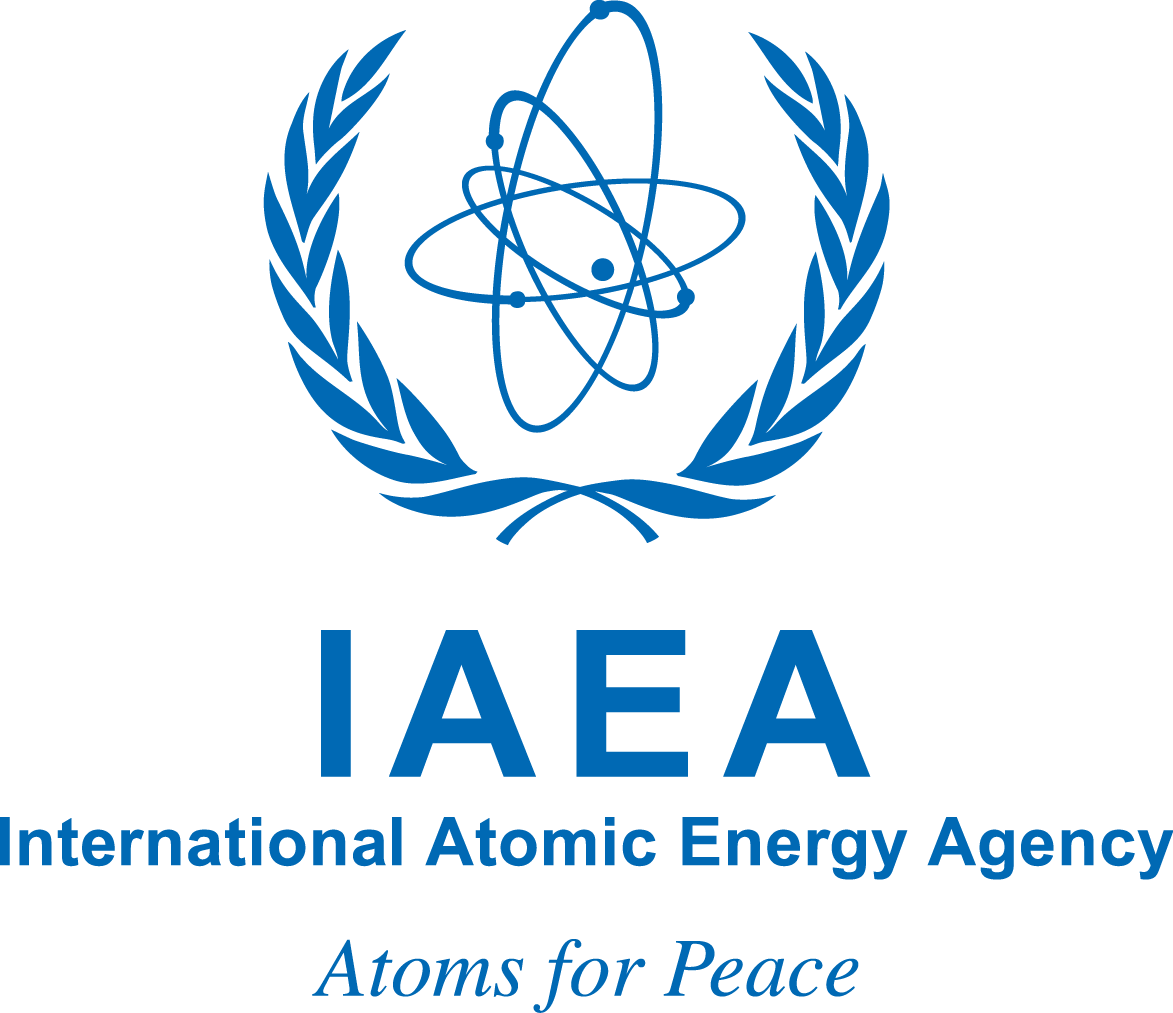The global demand for minerals just keeps increasing. Such minerals as phosphates, copper and rare earth elements are critical to our high-tech civilization. As the most concentrated and accessible deposits of these minerals become depleted, global mining has to switch to lower grade ore or unconventional resources. Many of these poorer deposits also contain uranium and other valuable minerals. Energy neutral mineral processing is a process that is being developed to extract uranium from these unconventional resources as a byproduct of processing for the primary minerals in the ore. The uranium can then be used to power nuclear reactors.
Energy neutrality occurs when the energy produced by the uranium extracted from the ore is the same as or greater than the energy that was necessary to mine the ore, process the ore, extract the uranium, convert the uranium, enrich the uranium and create the reactor fuel. The extraction of naturally occurring radioactive materials (NORM) occurs along with the extraction of byproduct uranium. In addition to adding to the supply of uranium, this also results in cleaner end products such as phosphoric acid for fertilizers and cleaner mine tailings.
The International Atomic Energy Agency created a research project called Uranium/Thorium Fueled High Temperature Gas Cooled Reactor Applications for Energy Neutral and Sustainable Comprehensive Extraction and Mineral Product Development in 2014. This coordinated research project (CRP) involves seventeen institutes from sixteen of the member states of the IAEA. The first report from the project was published in the journal Sustainability earlier this year. The IAEA will publish a comprehensive technical document next year.
The participants in the CRP studied a wide variety of ores to determine the uranium and thorium content. They tested different extraction processes. They have modelled the coupled system of high temperature gas-cooled reactors (HTRs) and mineral processing plants. Their research illustrates how the heat and electricity from a modular high temperature reactor constructed near the mineral processing plant could be used to process raw material to produce enough uranium byproduct to be energy neutral.
The CRP scientific secretary said, “Using reliable, inexpensive and greenhouse gas lean power from nuclear reactors for mineral development at processing centers but particularly at remote location is something the minerals processing industry long dreams of.”
High temperature gas-cooled reactors have been used for research and as prototypes since the 1960s. There are two HTRs currently in operation. Japan HTTR has been in operation since 1998. China’s HTR-10 was constructed in 2000 and has been in operation since then. China is also constructing a two unit demonstration plant called the HTR-PM at Shidaowan in the Shandong province. They expect the plant to start generating electricity later this year.
The IAEA utilizes CRPs to organize international research efforts to reach specific research objectives consistent with the IAEA program. The results of IAEA CRPs are made available for free to scientists, engineers, and other users from all Member states.
There is currently an oversupply of uranium on the market. Some mines have been shut down to await an increase in prices. This work of the IAEA is interesting, but it is questionable whether or not their new source of uranium is really needed at this time.
